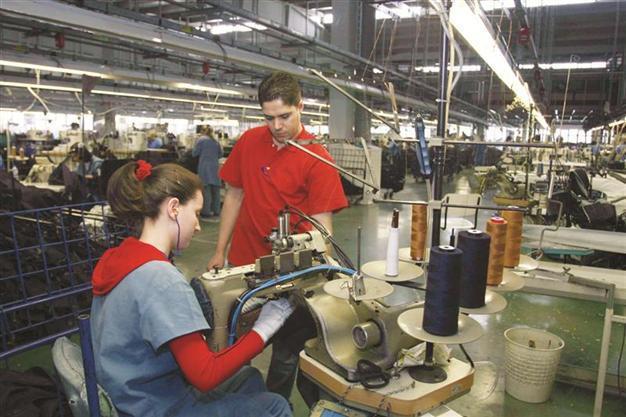Global unemployment keeps rising, ILO warns
ISTANBUL - Hürriyet Daily News

Young people are badly affected by the ongoing economic crisis in Europe, says a recent report released by ILO.
The global unemployment level increased in 2012 after two stable years and could further rise in the next five years, according to a new report released by the International Labor Organization (ILO) on Jan. 21. However, the Organization for Economic Cooperation and Development (OECD) also said yesterday that the employment rate in its area had remained stable at 65 percent in the third quarter of 2012, only 1.5 percent points below its pre-crisis level.The ILO’s report, “Global Employment Trends 2013,” said that despite the fact that the global economy was expected to recover over the medium term, growth would not be strong enough to reduce unemployment sharply.
“Even with an acceleration in growth, the global unemployment rate is expected to remain at 6 percent up to 2017, not far from its peak level in 2009. At the same time, the global number of unemployed is expected to rise further to some 210.6 million over the next five years.”
The ILO’s report said the number of unemployed worldwide had risen by 4.2 million in 2012 to over 197 million, a 5.9 percent unemployment rate. However, it predicts that the number will rise by 5.1 million in 2013, to more than 202 million in 2013 and by another 3 million in 2014.
Young people have been particularly affected by the crisis, with the report indicating that currently there are 73.8 million young people unemployed globally, while it was 12.6 percent last year. The number is expected to reach 12.9 percent by 2017.
However, a middle-revenue working class is rising in the emerging world, which has now surpassed 40 percent of the developing world’s workforce and which could provide stimulus for the global economy.
The report said policymakers should also address four interrelated issues: tackling uncertainty to increase investment and job creation; coordinating action to support aggregate demand, particularly through public investment while private investment is shy; addressing rising labor market mismatch problems through re-skilling programs; and focusing action on youth joblessness.
Employment 1.5 pct
below pre-crisis level
The OECD stated that the employment rate in OECD area (defined as the share of people of working-age who are employed) was 65 percent in the third quarter of 2012, unchanged from the previous quarter. However, it was a 1.5 percent decrease when compared to its pre-crisis level, it said.
Turkey’s employment rate increased to 48.5 percent last year from 44.9 percent in 2008, according to figures. The eurozone employment rate, at 63.8 percent, saw a 0.4 percent decrease compared to last year. The employment rate was stable in the United States at 67.1 percent. k HDN
















